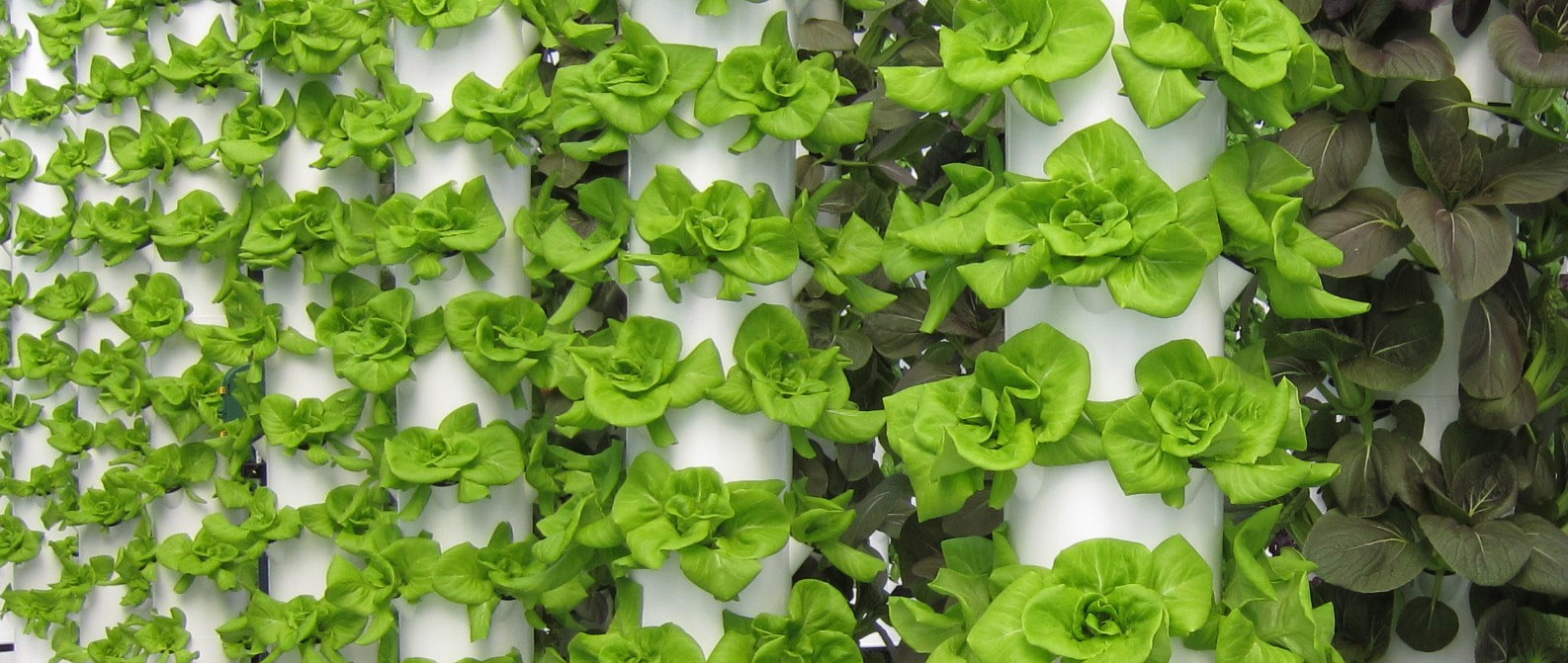This week, I’m excited to share some of the secret tips used by our professional growers for successful organic pest control.
For those of you who are lucky enough to call Central Florida your home like myself, you know that this part of the country can be a growing paradise — and during some seasons, an insect nightmare. Although Florida has an incredible climate, the high nighttime temperatures and humidity in the hot season create the perfect home for almost every vegetable pest imaginable.
Twenty years ago, I began my tenure at Walt Disney World Company at The Land at EPCOT Center. The Land is a two-acre, protected growing biome, where we grew over 100 food crops from around the world using almost hydroponics technique imaginable. Because we grew such a diversity of crops year-round at this facility in Florida, pests and diseases could become a huge problem almost overnight! At The Land, we controlled harmful diseases and insect pests by using Integrated Pest Management (IPM).
IPM is the practice of using a combination of organic-type sprays, beneficial insects to eat the bad bugs, farm cleanliness measures, and good plant training practices which allow the sun and air to circulate in the plant canopy. Why would Disney utilize IPM 20 years ago, when organic food was hardly known by the average consumer and chemical pesticide use was commonplace? The answer: The thousands of guests coming through the middle of the Epcot greenhouse every day on a boat ride made it technically impossible to spray harmful chemicals in the greenhouse.
There is an old saying: “Necessity breeds innovation”. In this case, necessity created 30 years of groundbreaking research and successful application of natural pest control practices in the world’s largest hydroponic showcase facility. Much of the IPM research was done in conjunction with the University of Florida, and can be found in many scientific publications.
I share this story because it inspired me to teach every new Future Growing vertical farmer to do the same. Our clients produce healthy, local, chemical-free food for consumers — and for every plant that is purchased from one of our growers, another chemically-treated plant is not purchased from “Big Agriculture”. This is a perfect example of how the world’s problems can be reduced or eliminated when each consumer makes a conscious choice to live a greener life!
There is a science behind the use of beneficial insects. An entomology background is generally required to identify the genus and species of the problem insect. Once the pest problem has been properly identified, the specific genus and species of a predatory insect must be purchased and released at specific intervals for maximum kill rate. Some outdoor farms that have a wide variety of crops, such as Bell Book and Candle, create a natural environment for many of the good bugs to reproduce and create their own natural ecosystem.
The second option is to use organic sprays on a regular basis during the heavy pest season. Below are three of my favorite organic sprays that have given our growers tremendous success, even in a place like Florida during the warmer months! If you are a home gardener, you can use the same formula to easily and safely control pests right in your own back yard!
Here’s an organic spray for many insects like aphids, mites, thrips, whiteflies, and other small insects. This formula even serves as a mild fungicide. Mixing instructions follow:
- Horticultural grade insecticidal soap, 1 tablespoon per gallon of water
- Horticultural grade neem oil, 1 tablespoon per gallon of water
- Mix everything well, and then continue to shake periodically during use.
- Always spray in morning, before sunrise, or in late evening. Never spray in sunlight.
- Spray plants liberally — soak them — and be sure to get the undersides of leaves where the insects feed.
- Discard old spray. Do not save!
- Clean sprayer well after each use.
Apply once a week during light pest season — or twice a week during heavy pest season.
Organic spray for all worms or caterpillars:
- 1 tablespoon per gallon of water (or label rate), of Bacillus thuringiensis (BT, brand name Thuricide)
- Follow label and mix well.
- Always spray in morning, before sunrise, or in late evening. Never spray in sunlight.
- Spray plants liberally — soak the plant well — and be sure to get the undersides of leaves where the worms or caterpillars feed.
- Discard old spray. Do not save!
- Clean sprayer well after each use.
Apply when you first start seeing worms in the areas they are feeding.
Organic spray for leaf fungus like powdery mildew:
- Potassium bicarbonate, or Mil-Stop brand.
- Follow instructions on label, and mix well.
- Always spray in morning, before sunrise, or in late evening. Never spray in sunlight.
- Spray plants liberally. Soak the plants well.
- Discard old spray. Do not save!
- Clean sprayer well after each use.
Tim Blank
Founder and CEO, Future Growing® LLC





I just want to say I enjoy your website. Today while I was working in my garden Tower Gardens – I was smiling that before this I could never imagine growing 48 veggies at the beach (with a postage stamp lot). In addition I didn’t have a clue on how to garden. Now I am enjoying the fruits of my Tower Gardens labor – pest free
Tim, love my Tower Garden yet beetles are destroying it!!! What can i do? Neem oil and a 3 in one I tried did not work. Thank you!